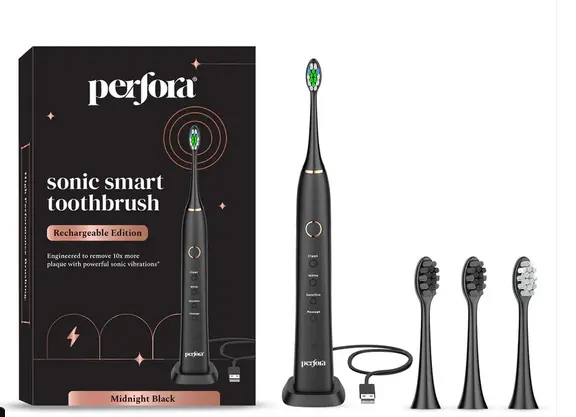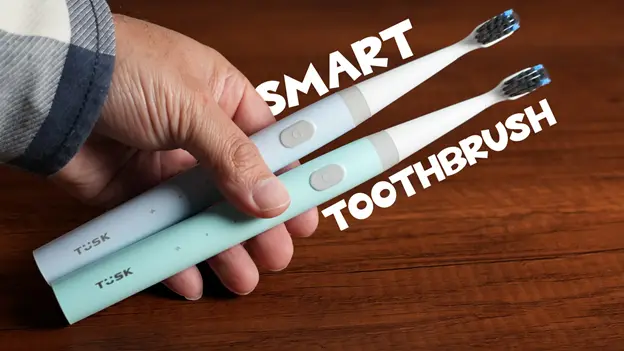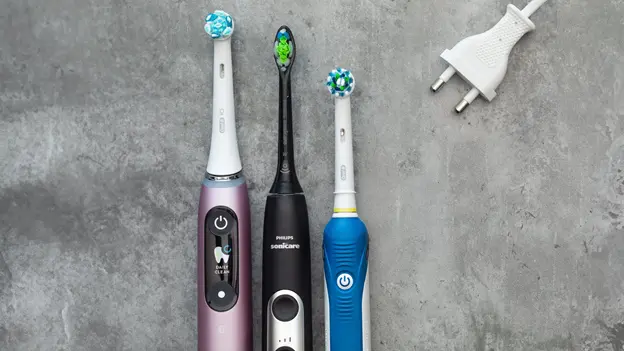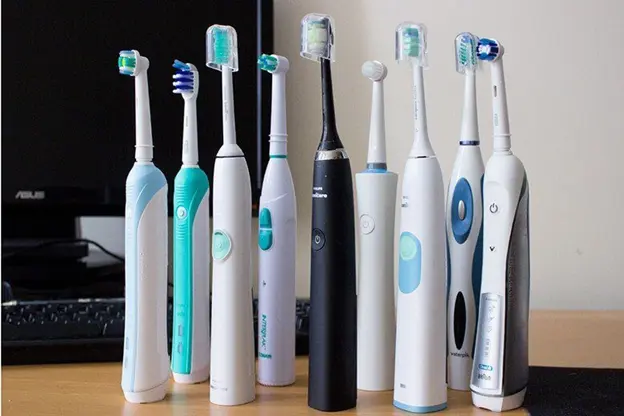3 Million Smart Toothbrushes Were Not Used in a DDoS Attack, But It Could Happen Anytime

Synopsis:
What follows next, dental floss loaded with malware? However, in a serious sense, this serves as a reminder that smart home devices of any size can pose a risk. How to protect yourself is as follows.

Etwas like science fiction rather than fact, the Swiss newspaper Aargauer Zeitung reported that hackers launched a Distributed Denial of Service (DDoS) attack on nearly 3 million smart toothbrushes. Allegedly, these benign bathroom appliances, which had been converted into soldiers in a botnet army, caused millions of euros in damages and knocked down a Swiss company for several hours.
Alternatively, did they? Bleeping Computer and Bleeping Media encountered difficulties in attributing this intriguing anecdote. Furthermore, Fortinet, a security company that initially contributed to the veracity of the story, is now acknowledging that errors were committed.
A representative of Fortinet stated in a note to ZDNET, “To be clear, the reference to toothbrushes being utilized in DDoS attacks was made in an interview as an example of a particular form of attack; it is not supported by research conducted by Fortinet or FortiGuard Labs. It appears that the discourse surrounding this subject has been exaggerated to the extent that real-life and hypothetical situations have become muddled.”
According to the article, the compromised toothbrushes were allegedly operating on Java, a widely used programming language for Internet of Things (IoT) devices. It is purported that after becoming infected, a worldwide network of malevolent toothbrushes executed their triumphant assault.

It has been claimed that the repurposed toothbrushes achieved this by fraudulently inundating the Swiss website with traffic, thereby bringing down services and causing extensive disruption.

While the narrative was fabricated, the episode served to emphasize the perpetually growing threat landscape that accompanies the IoT’s integration into our everyday existence. As of now, “smart” toothbrushes are ten years old.
Devices that were previously perceived as innocuous and isolated from the digital environment are presently prospective points of access for cybercriminals. In addition to individual privacy and security, the ramifications are far-reaching and affect national infrastructure and economic stability.

According to Stefan Zuger, the director of system engineering at Fortinet’s Swiss office, any Internet-connected device has the potential to become an attack target or be exploited for malicious purposes.
Those with a keen interest in cybersecurity have been cognizant of this menace for years. Former US Director of National Intelligence James Clapper stated in 2016: “As network complexity continues to rise and devices are developed and deployed with minimal security requirements and testing, widespread vulnerabilities may develop in civilian infrastructures and US government systems.”

No longer “could;” we now reside in residences replete with insecure Internet of Things devices.
Why? According to Mark Houpt, chief information security officer of data center operator DataBank, this is due to the fact that numerous IoT devices are inherently insecure for two primary reasons: neglect and the absence of a secure and fortifying interface. I mean, how precisely do you adjust the security setting on your toothbrush? How is an antivirus program installed on a refrigerator?
You cannot.
Consequently, what are your options?
To begin with, as Zuger stated, you can update all of your devices automatically whenever a new version becomes available. “You can’t update enough.”

Additionally, it is unwise to power a device via a public USB port. The charging port of your device is also capable of infecting it.
I would also advise being vigilant if your device begins to lose charge at an accelerated rate than usual. It could be a deteriorating battery, but it could also be malicious software operating in the background.

Additionally, caution should be exercised when using public Wi-Fi networks. It is possible that the same connection allowing you to view a TikTok is also installing malware on your mobile device.
I strongly advise you to configure a firewall for your private Internet connection. An intruder cannot contaminate a smart toilet if it is inaccessible. Moreover, wouldn’t a malware-infected commode be an unattractive thought?

Ultimately, and this is a very serious point, refrain from purchasing an Internet of Things-enabled device unless you truly require it. A connected television? How else could you possibly obtain a stream of the Super Bowl? However, a dryer, an iron, and a toothbrush? No. Simple, say no.
As society progresses toward a more interconnected future, it is imperative that we maintain digital hygiene to the same extent that we maintain dental hygiene.
About The Author:
Yogesh Naager is a content marketer who specializes in the cybersecurity and B2B space. Besides writing for the News4Hackers blog, he’s also written for brands including CollegeDunia, Utsav Fashion, and NASSCOM. Naager entered the field of content in an unusual way. He began his career as an insurance sales executive, where he developed an interest in simplifying difficult concepts. He also combines this interest with a love of narrative, which makes him a good writer in the cybersecurity field. In the bottom line, he frequently writes for Craw Security.
Read another news articles:
Two Million Job Seekers Became Target of Data Breaches by Cybercriminals.
For Continuous 5 Years, Chinese Hackers Have Operated Undetected in U.S. Critical Infrastructure





